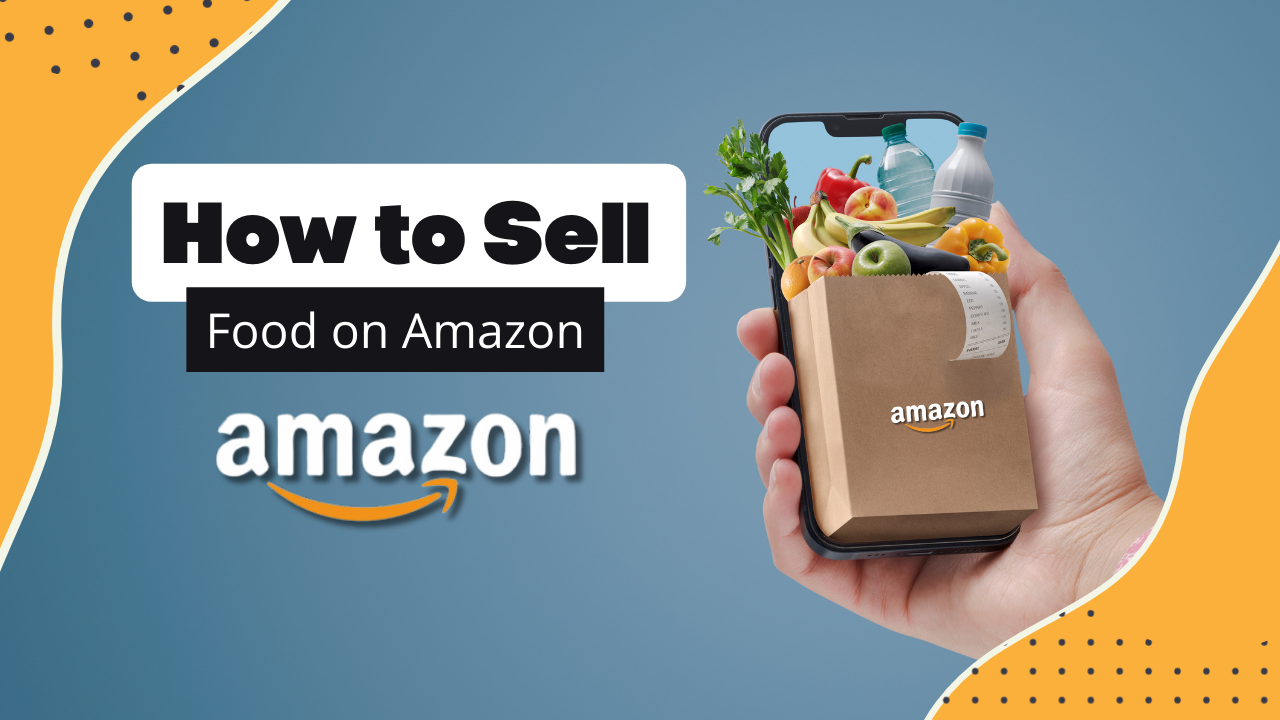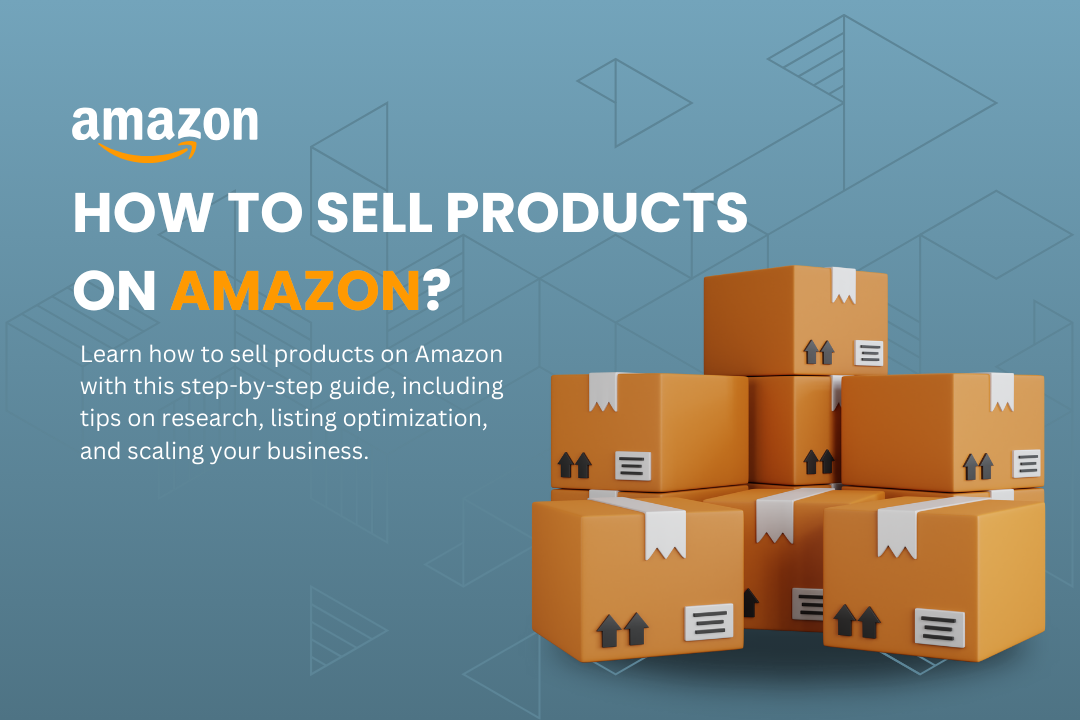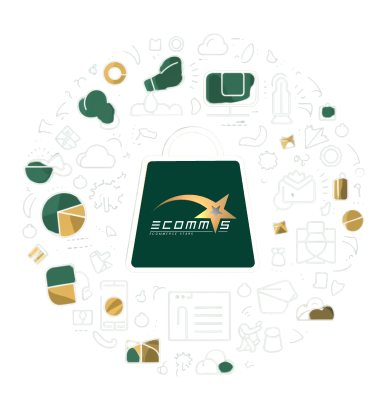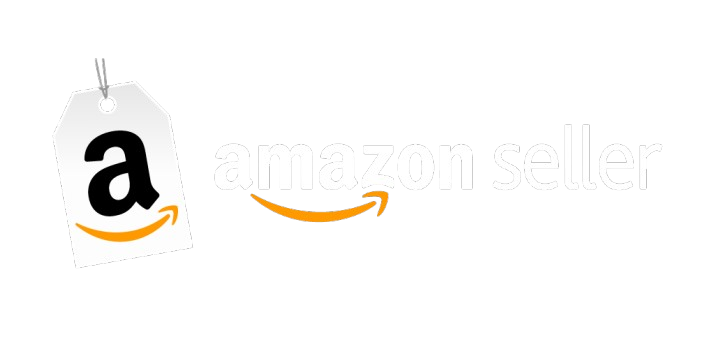Selling food on Amazon is a lucrative opportunity for businesses looking to tap into the vast online marketplace. With Amazon’s extensive reach and trusted platform, getting your food products in front of millions of potential customers is easier than ever. However, navigating the process can be complicated, especially with strict regulations and fierce competition. This guide will walk you through every step of the process, ensuring that you get your products listed and thrive in the competitive Amazon marketplace.
Table of Contents
ToggleWhy Sell Food on Amazon?
Before diving into the how-to, it’s essential to understand why selling food on Amazon is a smart business move. Amazon is one of the largest & popular e-commerce platforms globally, with a massive customer base. By selling on Amazon, you gain access to a ready-made audience, reducing the need for extensive marketing efforts. Also, Amazon provides a trusted platform where customers feel confident purchasing, especially in the food category.
Step 1: Understand Amazon’s Requirements for Selling Food
To sell food on Amazon, you must comply with several regulations to ensure the safety and quality of your products. Here are the key requirements:
- FDA Compliance: All food products must comply with the United States Food and Drug Administration (FDA) regulations. This includes proper labelling and packaging and meeting all safety standards.
- Grocery & Gourmet Foods Category Approval: Unlike some other categories, selling food on Amazon requires approval to list products in the Grocery & Gourmet Foods category. You must submit documentation such as your FDA registration, product labels, and lab results.
- Product Shelf Life: Amazon requires all food products to have a minimum shelf life of 90 days from receipt at the fulfilment centre. This ensures that customers receive fresh products.
- Temperature-Sensitive Items: If you’re selling perishable or temperature-sensitive items, you need to make sure they are properly packaged to maintain quality during shipping. Amazon offers fulfilment options that include temperature control.
- Fulfillment by Amazon (FBA): Consider using FBA, where Amazon handles storage, packaging, and shipping. This can be particularly beneficial for food sellers, as Amazon has the infrastructure to maintain product quality.
Step 2: Choose the Right Products to Sell
Not all food products are equally suited for the Amazon marketplace. Consider the following factors when selecting products:
- Popularity and Demand: Research trends and customer demand to identify popular food products. Tools like Amazon’s Best Sellers list and Google Trends can provide insights.
- Niche Markets: Consider focusing on niche food products that cater to specific dietary needs (e.g., gluten-free, vegan, organic). These products often have less competition and a dedicated customer base.
- Brand Differentiation: Ensure that your product stands out. This could be through unique flavours, packaging, or branding. Customers tend to prefer products that provide unique features compared to the competition.
- Profit Margins: Calculate your costs, including production, shipping, and Amazon fees, to ensure your products are profitable. Aim for a healthy profit margin to sustain your business.
Step 3: Create an Amazon Seller Account and List Your Products
Once you’ve selected your products, it’s time to set up your Amazon Seller account:
- Choose Your Seller Plan: Amazon offers two plans: Individual and Professional. The Professional plan is more cost-effective if you sell more than 40 items a month.
- Set Up Your Account: Provide the necessary information, including your business name, address, bank account details, and tax information.
- List Your Products: Use Amazon’s product listing tool to add food products. Ensure you provide accurate descriptions, high-quality images, and all necessary product details, including ingredients, nutritional information, and shelf life.
- Optimize Your Listings: To increase visibility, optimize your product listings with relevant keywords. This includes the product title, bullet points, and description. Consider using tools like Helium 10 or Jungle Scout to find the best keywords for your products.
Step 4: Market Your Products
Even though Amazon has a massive audience, effective marketing is crucial to stand out. Here’s how to promote your food products:
- Amazon Advertising: Utilize Amazon’s pay-per-click (PPC) advertising to target specific keywords and increase visibility. Sponsored Products and Sponsored brand ads are effective options.
- Social Media Marketing: Promote your products using social media platforms like Instagram, Facebook, and Pinterest. Share engaging content that highlights your food products’ unique and main aspects.
- Influencer Marketing: Partner with food bloggers and influencers to review and promote your products. This can help you reach all over the world audience and build trust with potential customers.
- Internal Linking Strategy: Incorporate a solid internal linking strategy within your listings. For example, if you have a blog post about categorizing Amazon purchases, link it from your product page to help customers manage their purchases efficiently. Learn more about categorizing purchases in our comprehensive guide.
Step 5: Manage Inventory and Fulfillment
Effective and strategic inventory management is key to avoiding stockouts or overstock situations. Use Amazon’s inventory tools to track stock levels and set up automated reordering to maintain optimal inventory levels.
- Fulfilment by Amazon (FBA): As mentioned earlier, FBA can simplify the fulfilment process by storing your products in Amazon’s warehouses and handling shipping. This is especially beneficial for temperature-sensitive food products.
- Self-Fulfilment: If you choose to handle fulfilment yourself, ensure you have the infrastructure to store, package, and ship products efficiently. This includes maintaining proper temperature control for perishable items.
- Monitor Performance: Review your Amazon seller dashboard regularly to monitor sales, customer feedback, and inventory levels. Make sure to adapt your strategy as necessary to improve performance.
Step 6: Ensure Customer Satisfaction and Handle Reviews
Customer satisfaction is critical in the food industry, where trust is paramount. To establish a loyal customer reputation base, it’s important to consistently meet customer expectations with your products.
- Customer Feedback: Encourage happy customers to leave positive reviews. Promptly respond to any negative feedback and take steps to resolve the issues.
- Quality Assurance: Ensure all products meet the promised quality by maintaining strict quality control standards. This includes regular checks of your production processes and packaging.
- Customer Service: Provide excellent customer service by quickly responding to inquiries and resolving issues. Consider using Amazon’s messaging service to communicate directly with customers.
- Amazon Choice Badge: Earning the Amazon Choice badge can significantly boost your product’s visibility and credibility. To achieve this, focus on providing a great customer experience, maintaining competitive pricing, and optimizing your listings. Learn more about how to get the Amazon Choice badge.
Step 7: Analyze Performance and Scale Your Business
Once your products are live and selling, it’s important to analyze performance and plan for growth:
- Sales Data Analysis: Amazon’s analytics tools track sales performance, customer behaviour, and other key metrics. This data can help you refine your strategy and identify growth opportunities.
- Expand Product Line: Based on sales data and customer feedback, consider expanding your product line to include complementary items or new flavours.
- International Selling: Consider expanding internationally once you’ve established a strong presence in your local market. Amazon offers Global Selling programs that allow you to reach customers in other countries.
- Account Reinstatement: In case of account suspension or closure, it’s essential to know how to reinstate your Amazon account. Learn more about the process in our detailed guide on reinstating your Amazon account.
Conclusion
Selling food on Amazon is rewarding, but it requires careful planning, compliance with regulations, and effective marketing strategies. This detailed & complete guide can help you navigate the complexities of the Amazon marketplace and build a successful food business.
For more insights on Amazon selling strategies and optimizing your online presence, check out our services and explore our blog for additional resources, such as how to export your Amazon purchase history and how to search for Amazon sellers.
Frequently Asked Questions
1. What are the key requirements for selling food on Amazon?
To sell food on Amazon, you must comply with FDA regulations, obtain approval for the Grocery & Gourmet Foods category, ensure your products have a minimum shelf life of 90 days, and consider using Fulfillment by Amazon (FBA) for temperature-sensitive items.
2. How can I market my food products on Amazon effectively?
Effective marketing strategies include:
- Utilizing Amazon PPC ads.
- Leveraging social media.
- Collaborating with influencers.
- Optimizing your product listings with relevant keywords.
3. How do I handle customer satisfaction when selling food on Amazon?
To build trust and satisfaction among customers, maintain high-quality standards, encourage positive reviews, respond quickly to feedback, and ensure excellent customer service.










